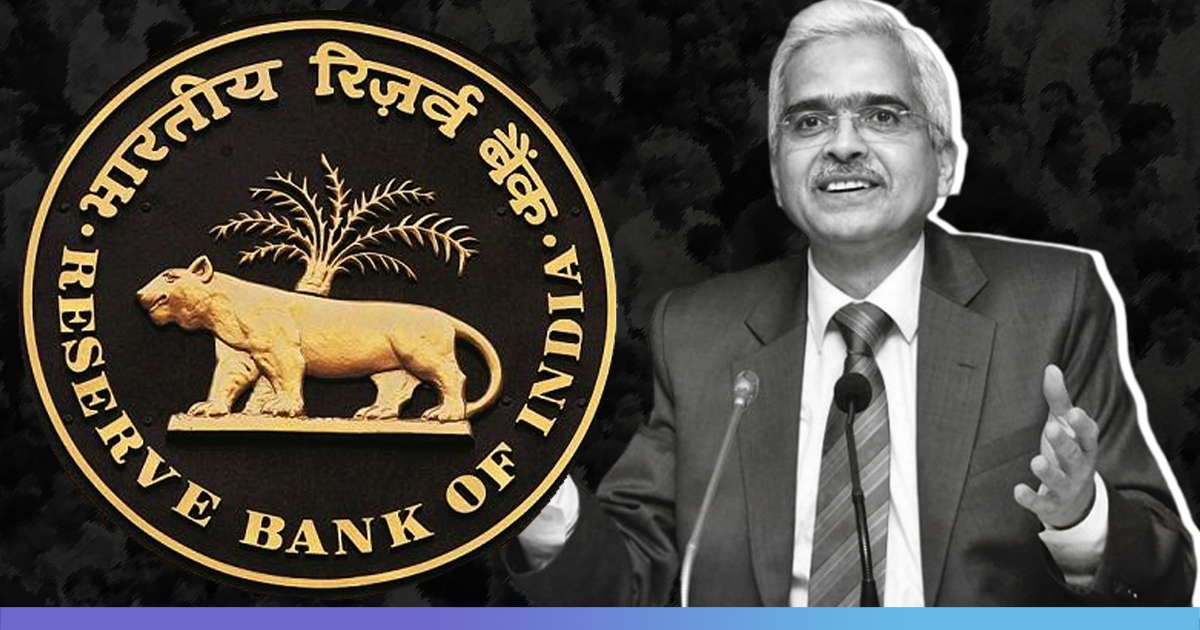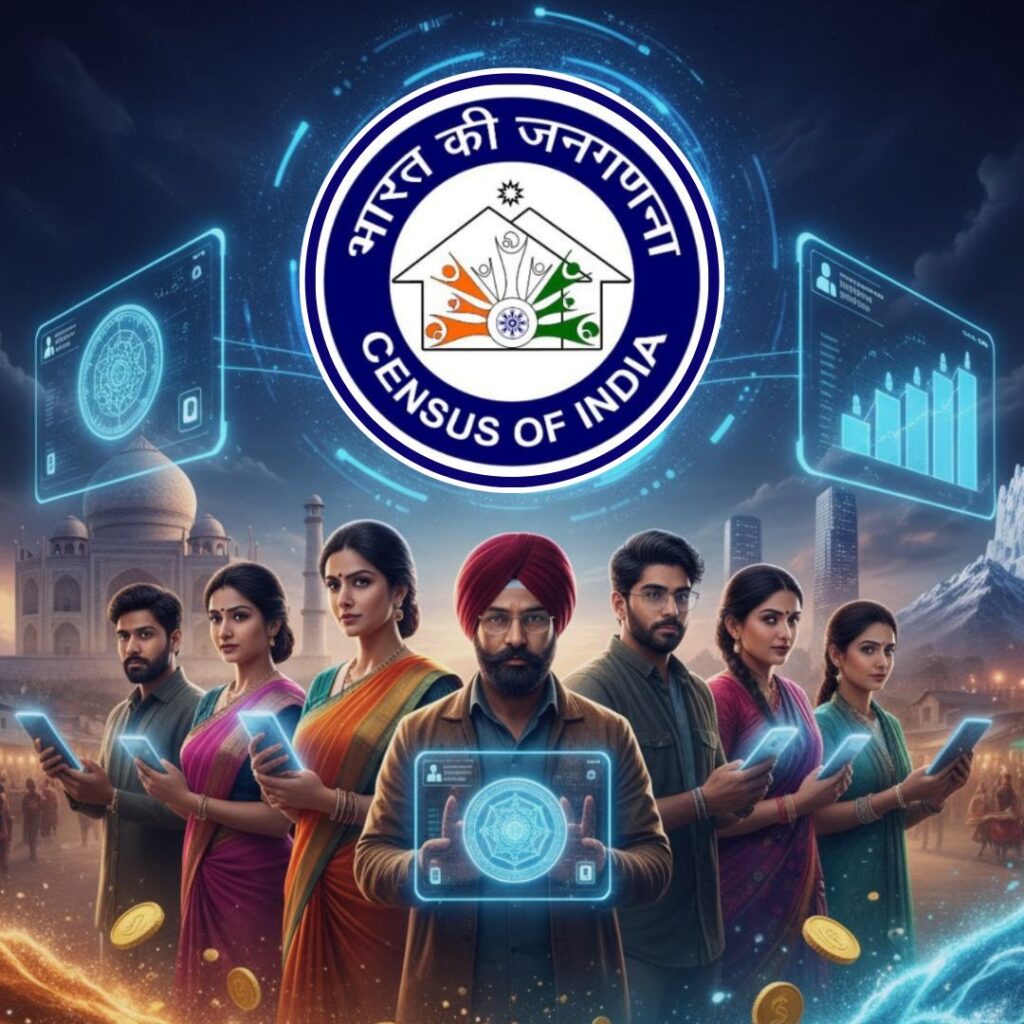The Reserve Bank of India Wednesday reduced the interest rates by 0.35 per cent to 5.4 per cent for the fourth consecutive time since last December. The development was expected amid the slowdown in the economy.
The consistent rate cuts are similar to the attempts the banking regulator made after the 2009 global economic downfall. Several factors including the drop in car sales by 17.1 per cent in April suggest the economy hasn’t revived after the growth rate hit 5.8 per cent in the first quarter.
The move is set to increase inflation to 3.5-3.7 per cent for the current financial year which is well within the limits of the government’s target of 4 per cent.
Growth Rate Revised
In the past few months, several world organisations had revised there GDP growth figures for India.
In June the International Monetary Fund (IMF) had cut the GDP forecast to 7 per cent from 7.3 projected earlier. In July, the Asian Development Bank revised its growth figures to 7 per cent from 7.2 per cent earlier
Today even the RBI revised its own growth projections and said the GDP will grow by 5.8-6.6 per cent for the first half of FY20 and 7.3-7.5 per cent for the second half.
The RBI’s revision in GDP figures also confirms what PM Modi’s former economic advisor Arvind Subramanian had said while presenting a paper at Harvard.
He suggested that the economy is actually growing at closer to 4.5 per cent contrary to the government’s claims that India is growing at 7 per cent.
Market Slowdown A Cause of Worry
One of the reasons to question the government’s figure is also that the 7 per cent growth is not being reflected on the ground. The reason for this belief is said to be the job losses and the fall in the number of jobs being created.
This is attributed to the fall in consumption and investment. Experts say that the combined effect of both is the main reason for the economic slowdown.
The government has been vary of acknowledging the slowdown, but measures to revive growth and consumption were finally announced in the budget.
Good Days Are Ahead?
According to economic experts, the dry phase of consumption may end soon. With the festival season around the corner, there could be a surge in demand. The months of August and September belong to consumers, who are likely to lift the market sentiments. The RBI’s efforts may also encourage public spending in big-ticket items such as homes and automobiles.
Also Read: Double Whammy: India Slips To 7th Position In GDP Ranking, Days After Agencies Cut Growth Rate












